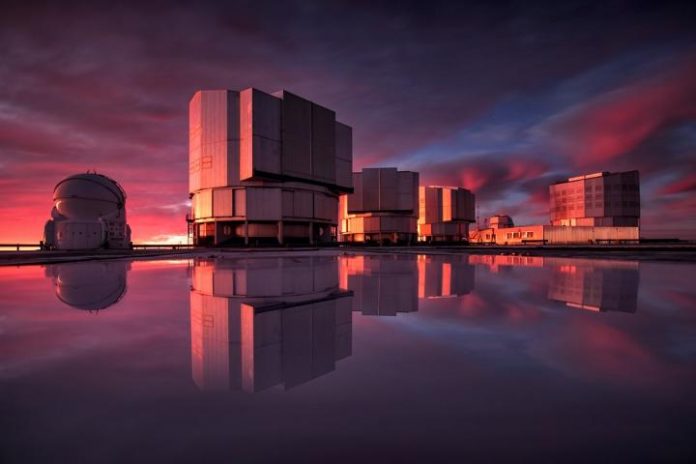
Scientists have developed a new system for mid-infrared exoplanet images, using ground-based telescopes to directly witness planets that are roughly three times the size of Earth
While scientists have imaged a black hole, assessed the status of water on the moon, and established the rough age of the universe, they have yet to capture a direct image of planets in the habitable zones of nearby stars.
The next generation of extremely large telescopes are going to potentially increase direct observations of nearby stars that could support habitable planets. Some stars suspected of being capable of supporting life include Sirius and Tau Ceti. Sirius is the brightest star in the night sky, and Tau Ceti hosts a planetary system that has never been directly observed.
The Extremely Large Telescope of the European Southern Observatory, and the Giant Magellan Telescope are expected to be two of the ground-based telescopes involved.
‘We have to look for rocky planets’
The paper’s first author, Kevin Wagner, a Sagan Fellow in NASA’s Hubble Fellowship Program at the University of Arizona’s Steward Observatory, said: “If we want to find planets with conditions suitable for life as we know it, we have to look for rocky planets roughly the size of Earth, inside the habitable zones around older, sun-like stars.”
“There is a good reason for that because the Earth itself is shining at you at those wavelengths. Infrared emissions from the sky, the camera and the telescope itself are essentially drowning out your signal. But the good reason to focus on these wavelengths is that’s where an Earthlike planet in the habitable zone around a sun-like star is going to shine brightest.”
Tech limitations have always hampered attempts to look at planets outside our solar system. But if scientists are looking for life, they have to look elsewhere.
Correcting light distortion is like using noise-cancelling headphones
To boost the sensitivity of the imaging setup, the team used a so-called adaptive secondary telescope mirror that can correct for the distortion of the light by the Earth’s atmosphere. The researchers also used a starlight-blocking mask that they optimised for the mid-infrared light spectrum to block the light from one of the stars at a time.
To be able to observe both stars’ habitable zones simultaneously, they also pioneered a new technique to switch back and forth between observing Alpha Centauri A and Alpha Centauri B very rapidly.
“We’re moving one star on and one star off the coronagraph every tenth of a second,” Wagner explained. “That allows us to observe each star for half of the time, and, importantly, it also allows us to subtract one frame from the subsequent frame, which removes everything that is essentially just noise from the camera and the telescope.”
Similar to the effect of noise-cancelling headphones in a loud place, the technique allowed the team to remove as much of the unwanted noise as possible and detect the much fainter signals created by potential planet candidates.
The team collected more than 5 million images
The team observed the Alpha Centauri system for nearly 100 hours in 2019, collecting more than 5 million images. They collected 7 terabytes of data, which they made publicly available, here.
Study co-author Daniel Apai, a UArizona associate professor of astronomy and planetary science who leads the NASA-funded Earths in Other Solar Systems program that partly supported the study, commented: “Making the capability demonstrated here a routine observing mode – to be able to pick up heat signatures of planets orbiting within the habitable zones of nearby stars – will be a game changer for the exploration of new worlds and for the search for life in the universe.”










